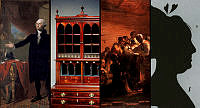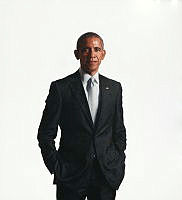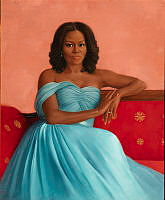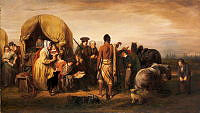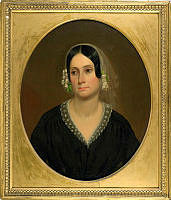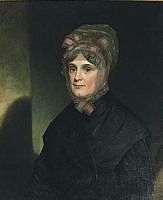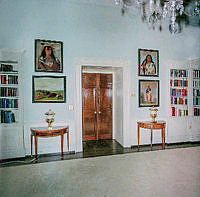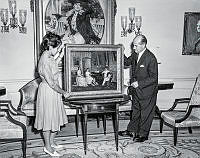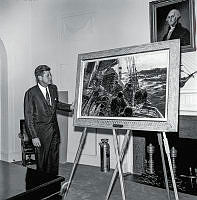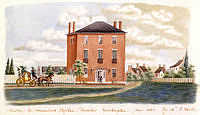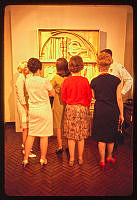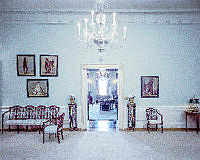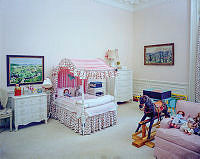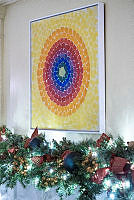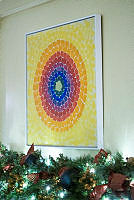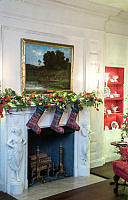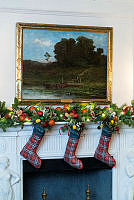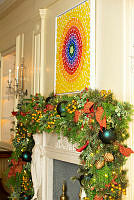The Surrender of Lord Cornwallis at Yorktown, October 19, 1781
This painting by John Trumbull depicts the surrender of General Cornwallis at Yorktown, marking the end of the Revolutionary War. The defeated British army marches between the Americans on the right, led by General George Washington, and the French on the left, led by General Jean-Baptiste Rochambeau. At the center, on horseback, Major General Benjamin Lincoln, Washington’s second-in-command, accepts the official surrender from General Lord Cornwallis’s deputy, General Charles O’Hara.
According to historical accounts, Cornwallis had feigned illness on the occasion and passed the responsibility of surrender to O’Hara. Washington, recognizing the snub, directed O’Hara to Major General Lincoln, who accepted O’Hara’s sword and handed it back to him. Trumbull painted the portraits of the French officers directly onto the canvas in Thomas Jefferson’s house in Paris and regarded them as the "best of my small portraits."


